We all know how much of a chore to bathe a cat, from avoiding getting scratches from your feline friend to holding it still. Generally speaking, bathing your cat is just one task attached to many others, so it would be wise to figure out the best way to approach it.
If you have been struggling to give a proper bath to your cat and desperately need advice on bathing a cat, this article will be your savior and provide you with information on all the right ways to bathe a cat. Keep on reading to find out!
Do Cats Need Baths?
Before discussing the tips, we should address whether cats need a bath. Fortunately, most breeds don’t require regular bathing and cleaning, according to long experienced veterinary experts.
Most vets are constantly asked the same question from new cat parents, “how often do I need to bathe my cat?” the simple answer is not so often. You can generally see it because when your cat is visibly covered in the dirt, then it is most definitely time for a bath.
But if you are considering bathing your cat based on a routine, you might want to hit pause on that. Most cats prefer to clean themselves by licking with their tongue.
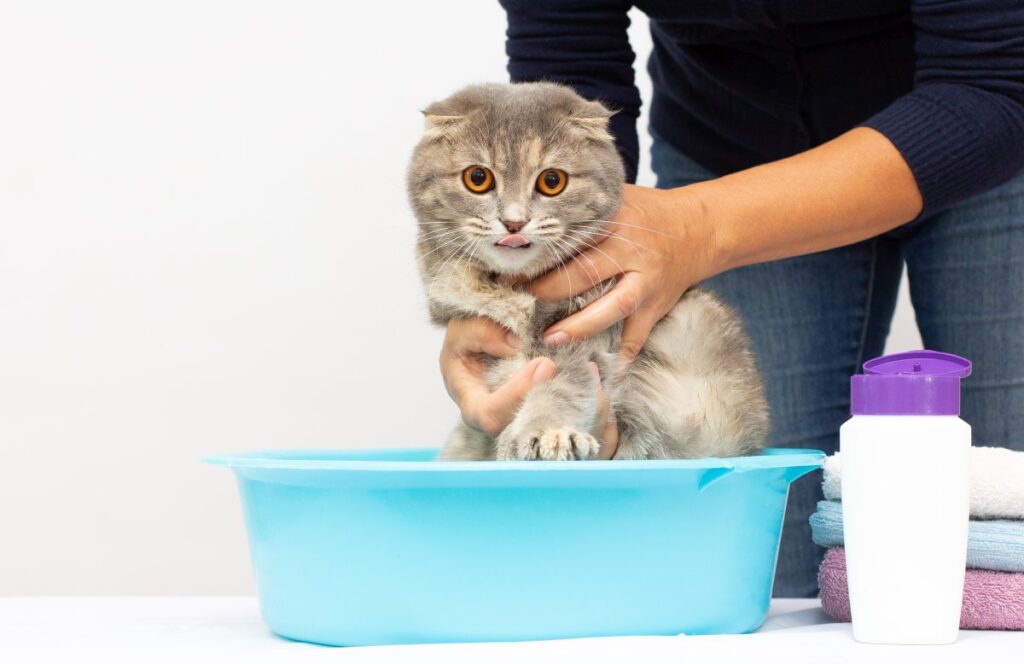
Natural Cleanser
A cat’s tongue has a rough surface and is covered with tiny curved barbs called papillae, and this is how saliva is transferred across their fur. If you are uncertain if this cleans your cat, you might find it interesting that each of the licks from the cat’s tongue spreads natural oils across its skin and coat.
The tiny spines on your cat’s tongue also help to untangle any clots of fur on the cat’s skin; this is why you might see your cat biting on a few spots to make sure everything smooth out.
Brushing Your Cat’s Fur
Although cats spend almost half of their time cleaning themselves, experts say that grooming the cats is more important than being concerned with bathing them.
Activities such as brushing and combing help reveal health problems more easily. If your cat’s fur has changed, it would be wise to contact your vet clinic.
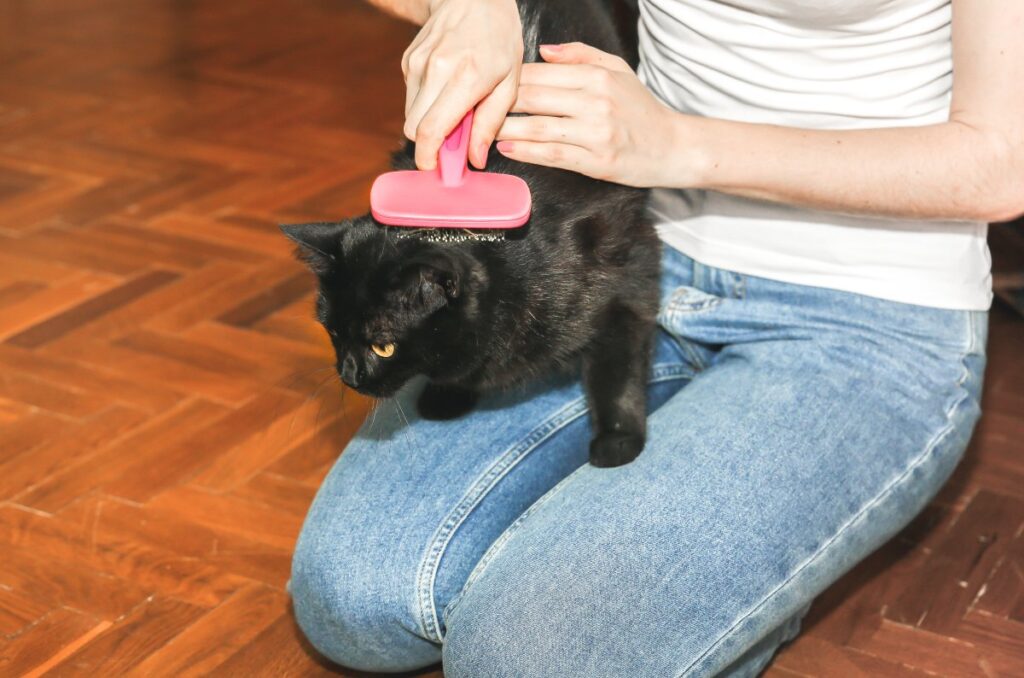
Salon Grooming
Regular salon visits are also recommended to help reduce loose hair and prevent hairballs. If your cat is particularly furry, then using a metal comb is advised to loosen any matted areas on your kitty.
Next, a rubber brush should remove dirt and loose hair throughout the cat’s body. Short-haired kitties should be groomed once a week and long-haired cats every day.
How Often Should You Bathe Your Cat?
The frequency of baths a cat needs depends on certain circumstances and the breed of the cat. If your cat has made contact with things like motor oil, paint, gasoline, etc., only then is it advised to bathe a cat. You should bathe your cat if its fur is covered in something visibly dirty and needs proper cleaning.
Furthermore, bathing a cat can be soothing to some cats that have developed skin conditions that cause itchy, red, and flaky skin. Similarly, your veterinarian may have suggested medicated baths that include using specific cleaning products to get rid of flea allergies and what have you.
How to Bathe a Cat That Hates Water
Many wild cats such as leopards and jaguars can swim in the water quite well and stay in lakes to cool off. On the contrary, domesticated cats are adamant about showing their feelings towards the water, and it is usually nothing positive. There are a few theories or assumptions as to why this is the case.
Among them is that cats do not like their fur weighed down due to water, while another suggests that they do not want their natural scent to be stripped off from taking a bath. Additionally, some suggest that cats are controlling freaks and thus acting out during a bath is caused by their feeling of helplessness and out of control.
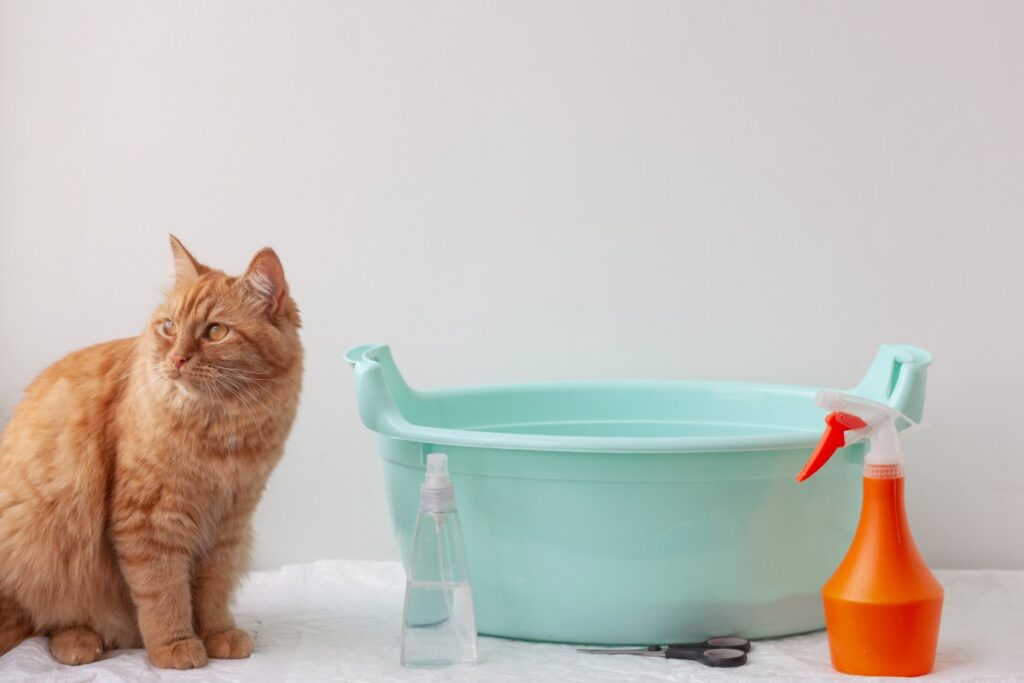
Essentially, you want to remain as calm as possible and follow these instructions for a better and smoother bathing experience for you and your cat.
- Make sure your kitty has eaten, and the bath is after its playtime. This ensures your cat is mellower.
- If your cat tends to scratch a lot during baths, make sure you clip its nails.
- Prepare all the bath supplies and keep them near before that bath. Things such as treats to reward your cat can be used to keep it calm.
- Grooming your cat beforehand by brushing its fur can make bathing easier for you and your cat.
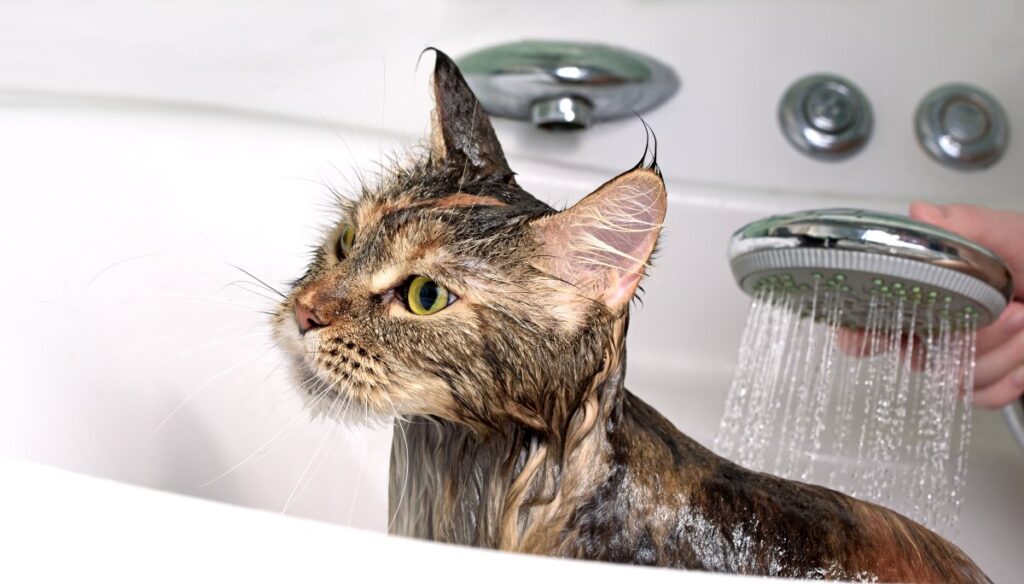
If none of those mentioned above guidelines work, here are some additional suggestions that can help you bathe a cat without getting scratched and, more importantly, without stressing your feline friend.
- Avoid running too much water because even its sound can lead to cats panicking and acting aggressively. After all, the last thing you want to do is grab a sharp and slippery cat and hurt yourself.
- Try and ask a friend to help you as it is proved that bathing a cat that involves more than one person’s help can significantly make the job easier.
- Another thing you should do is use lukewarm water as this will further calm your cat. Nobody likes cold water to bathe, and your cat is no different either, so keep this in mind.
- All cats spend a long time grooming themselves, even after bathing; you can make this easier for your cat by brushing its fur to get rid of loose hair that allows them to relax after their least favorite activity.
Bottom Line
There is only so much you can do to simplify things when bathing a cat. Still, if your cat won’t tolerate bathing in water, you might want to consider professional groomers or even dry cat shampoos to do the trick. We hope this guide helped with how to bathe a cat.




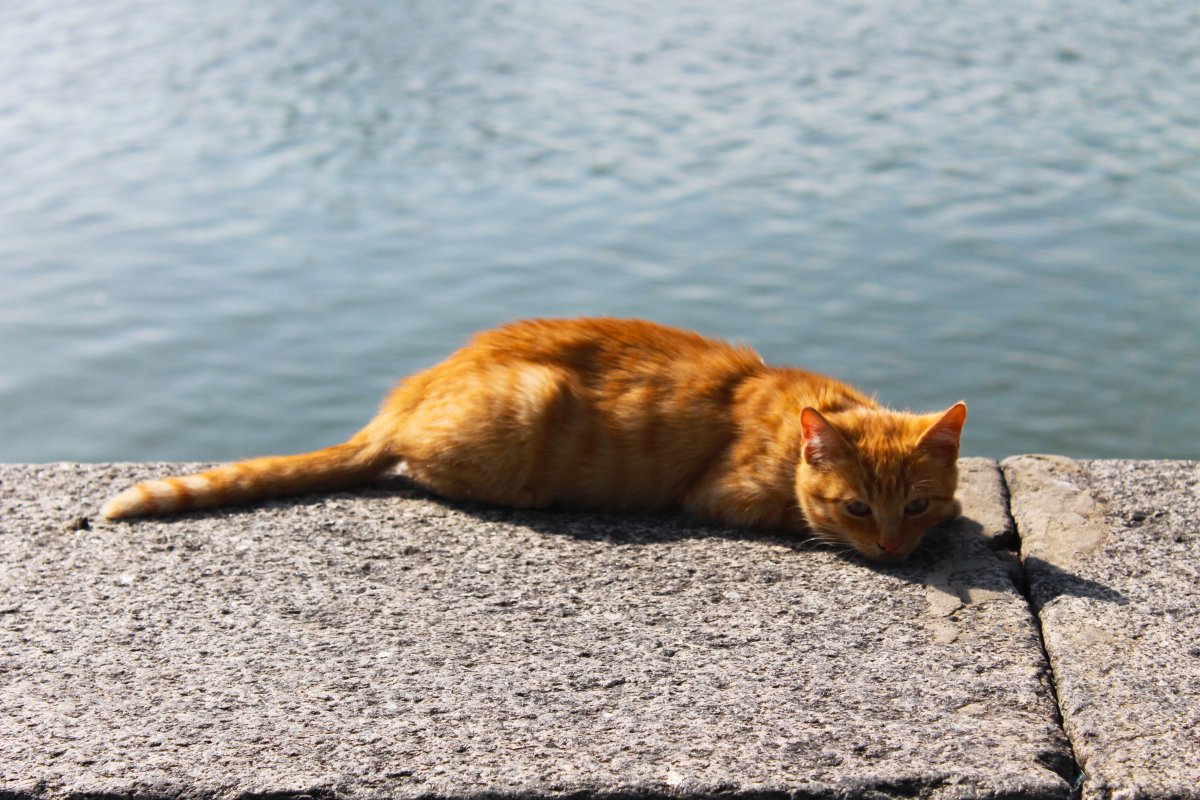



1 comment